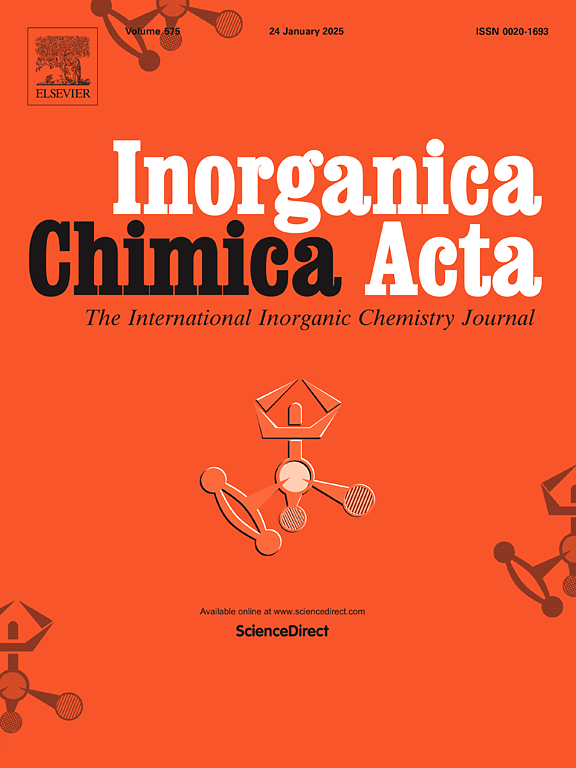Study on the catalytic performance and kinetics of ethylene oligomerization catalyzed by Salicylaldiminato Phthalocyanine nickel catalyst
IF 2.7
3区 化学
Q2 CHEMISTRY, INORGANIC & NUCLEAR
引用次数: 0
Abstract
A novel salicylaldiminato phthalocyanine nickel catalyst was prepared and characterized by FT-IR, UV–Vis, 1H NMR, ICP-MS, TG-DSC and elemental analysis. The catalytic performance of ethylene oligomerization catalyzed by salicylaldiminato phthalocyanine nickel catalyst was investigated. The catalytic activity could reach up to 1.25 × 106 g (mol Ni·h)−1, and the products were mainly butene, hexene as well as a small amount of octene when the cyclohexane was used as solvent, the MAO was used as co-catalyst. In addition, the kinetics of ethylene oligomerization was also investigated. The kinetic parameters such as the reaction order to the nickel molar concentration (n) and oligomerization pressure (m), the apparent activation energy (Ea) and the pre-exponential factor (A) were determined. The result indicated that the reaction order to the nickel molar concentration was 1.18, the reaction order to oligomerization pressure was 1.12, and the apparent activation energy was 54.78 kJ/mol when the nickel concentration was 5 μmol/L, the oligomerization pressure was 1.0 MPa, and the oligomerization temperature was 5–35 °C.

水杨醛缩酞菁镍催化剂催化乙烯低聚反应的性能及动力学研究
制备了一种新型水杨醛缩酞菁镍催化剂,并用FT-IR、UV-Vis、1H NMR、ICP-MS、TG-DSC和元素分析对催化剂进行了表征。研究了水杨醛缩酞菁镍催化剂对乙烯低聚反应的催化性能。以环己烷为溶剂,MAO为助催化剂时,催化活性可达1.25 × 106 g (mol Ni·h)−1,产物主要为丁烯、己烯以及少量辛烯。此外,还研究了乙烯低聚反应的动力学。测定了反应顺序对镍摩尔浓度(n)、寡聚压力(m)、表观活化能(Ea)和指前因子(A)的影响。结果表明:当镍浓度为5 μmol/L,寡聚压力为1.0 MPa,寡聚温度为5 ~ 35℃时,对镍摩尔浓度的反应顺序为1.18,对寡聚压力的反应顺序为1.12,表观活化能为54.78 kJ/mol。
本文章由计算机程序翻译,如有差异,请以英文原文为准。
求助全文
约1分钟内获得全文
求助全文
来源期刊

Inorganica Chimica Acta
化学-无机化学与核化学
CiteScore
6.00
自引率
3.60%
发文量
440
审稿时长
35 days
期刊介绍:
Inorganica Chimica Acta is an established international forum for all aspects of advanced Inorganic Chemistry. Original papers of high scientific level and interest are published in the form of Articles and Reviews.
Topics covered include:
• chemistry of the main group elements and the d- and f-block metals, including the synthesis, characterization and reactivity of coordination, organometallic, biomimetic, supramolecular coordination compounds, including associated computational studies;
• synthesis, physico-chemical properties, applications of molecule-based nano-scaled clusters and nanomaterials designed using the principles of coordination chemistry, as well as coordination polymers (CPs), metal-organic frameworks (MOFs), metal-organic polyhedra (MPOs);
• reaction mechanisms and physico-chemical investigations computational studies of metalloenzymes and their models;
• applications of inorganic compounds, metallodrugs and molecule-based materials.
Papers composed primarily of structural reports will typically not be considered for publication.
 求助内容:
求助内容: 应助结果提醒方式:
应助结果提醒方式:


